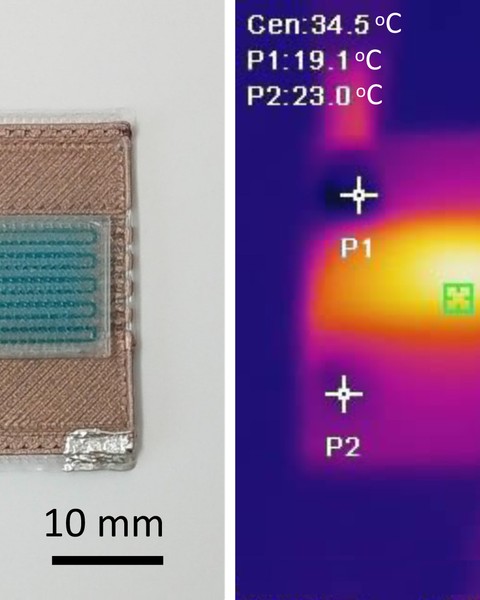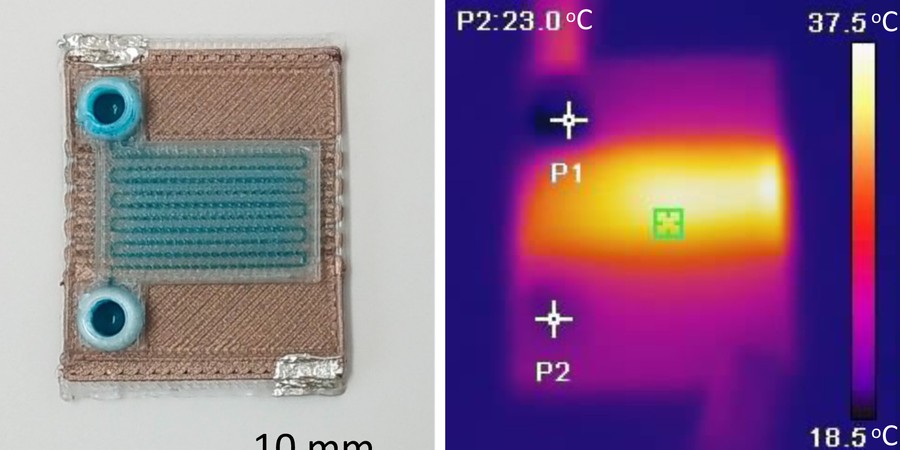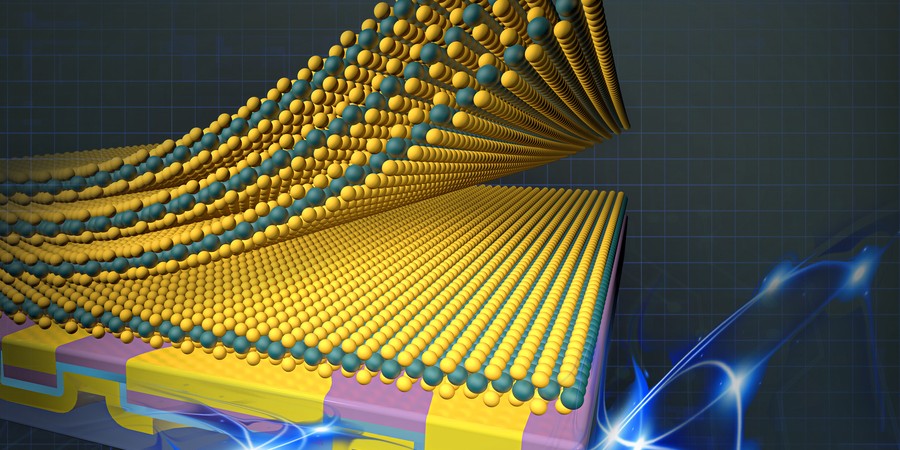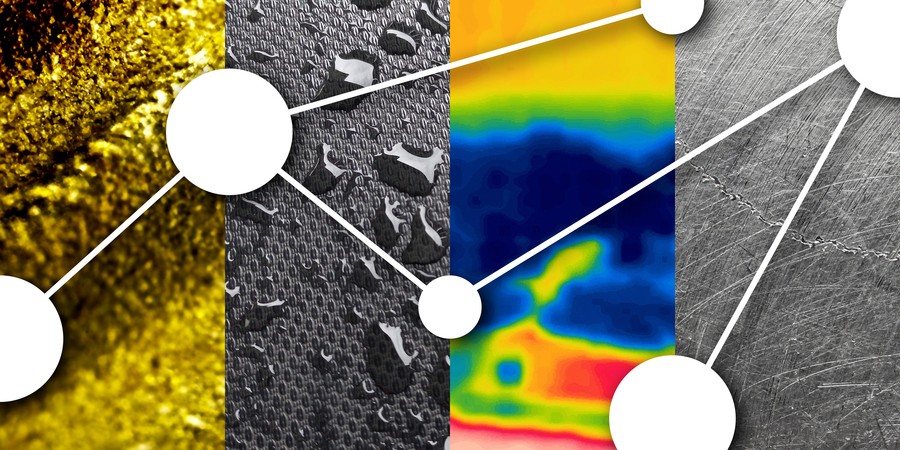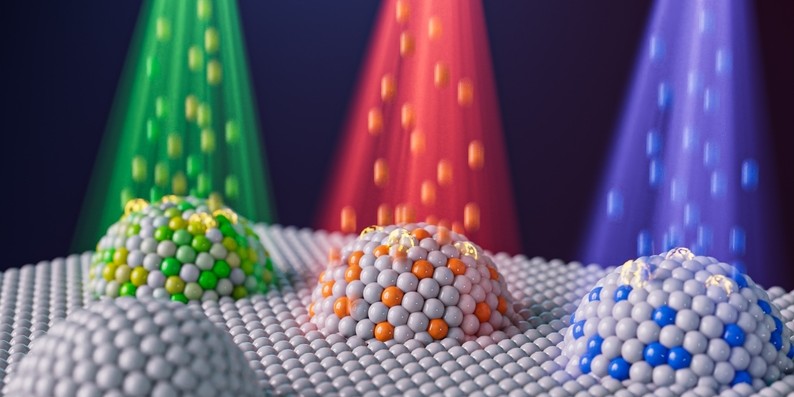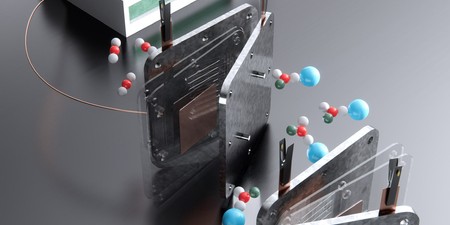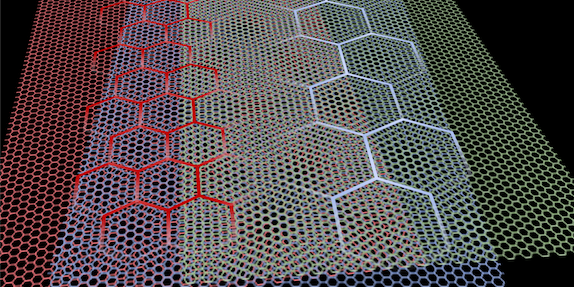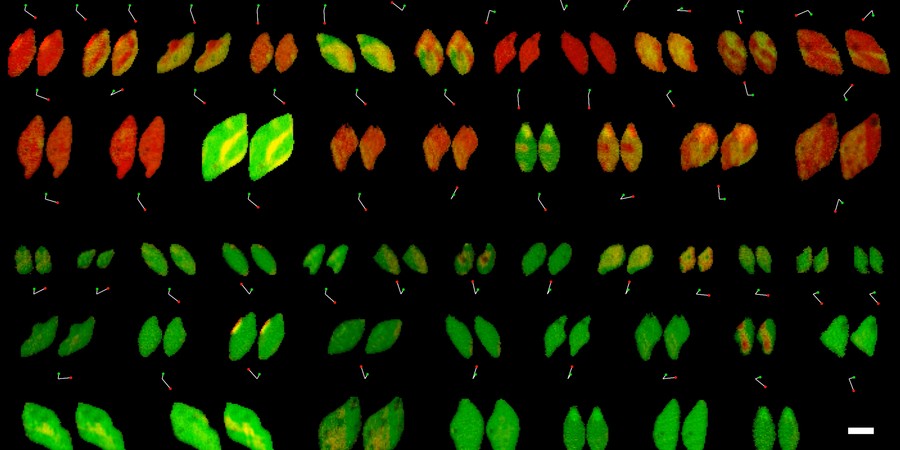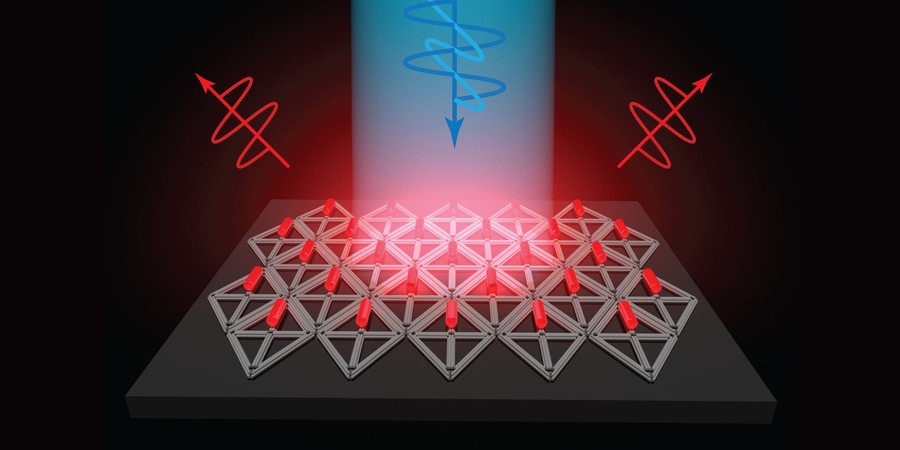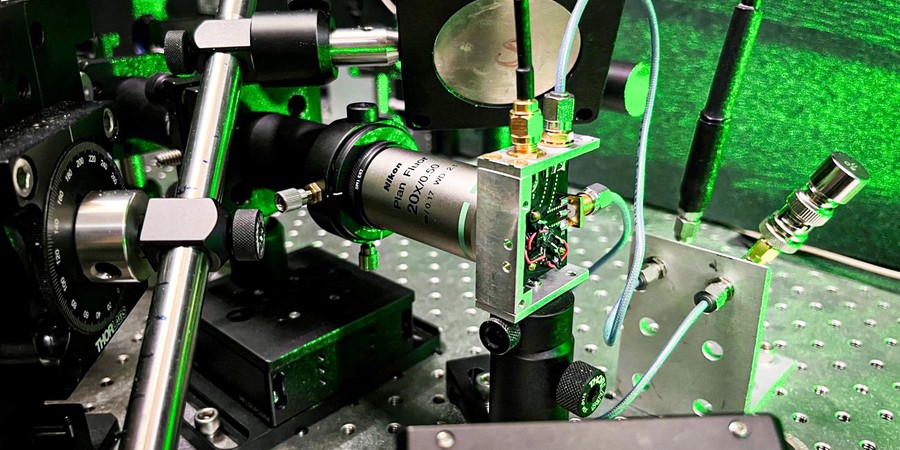Scientists 3D Print Self-heating Microfluidic Devices
Adam Zewe | MIT News
The one-step fabrication process rapidly produces miniature chemical reactors that could be used to detect diseases or analyze substances.
Researchers Safely Integrate Fragile 2D Materials into Devices
Adam Zewe | MIT News
The advance opens a path to next-generation devices with unique optical and electronic properties.
MIT Engineers Develop a Way to Determine how the Surfaces of Materials Behave
David L. Chandler | MIT News
Using machine learning, the computational method can provide details of how materials work as catalysts, semiconductors, or battery components.
Team Engineers Nanoparticles Using Ion Irradiation to Advance Clean Energy and Fuel Conversion
Elizabeth Thomson | Materials Research Laboratory
Combining the techniques, metal exsolution and ion irradiation, demonstrates control over key nanoparticle properties leading to better performance.
Engineers Develop an Efficient Process to Make Fuel from Carbon Dioxide
David L. Chandler | MIT News
The approach directly converts the greenhouse gas into formate, a solid fuel that can be stored indefinitely and could be used to heat homes or power industries.
From a Five-layer Graphene Sandwich, a Rare Electronic State Emerges
Jennifer Chu | MIT News
A newly discovered type of electronic behavior could help with packing more data into magnetic memory devices.
Physicists Coax Superconductivity and More from Quasicrystals
Elizabeth A. Thomson | Materials Research Laboratory
Flexible platform could produce enigmatic materials, lead to new studies of exotic phenomena.
Pixel-by-pixel Analysis Yields Insights into Lithium-ion Batteries
Anne Trafton | MIT News
In a first, researchers have observed how lithium ions flow through a battery interface, which could help engineers optimize the material’s design.
Arrays of Quantum Rods Could Enhance TVs or Virtual Reality Devices
Anne Trafton | MIT News
MIT engineers have used DNA origami scaffolds to create precisely structured arrays of quantum rods, which could be incorporated into LEDs for televisions or virtual reality devices.
Sensing and Controlling Microscopic Spin Density in Materials
David L. Chandler | MIT News
By fine-tuning the spin density in some materials, researchers may be able to develop new quantum sensors or quantum simulations.

